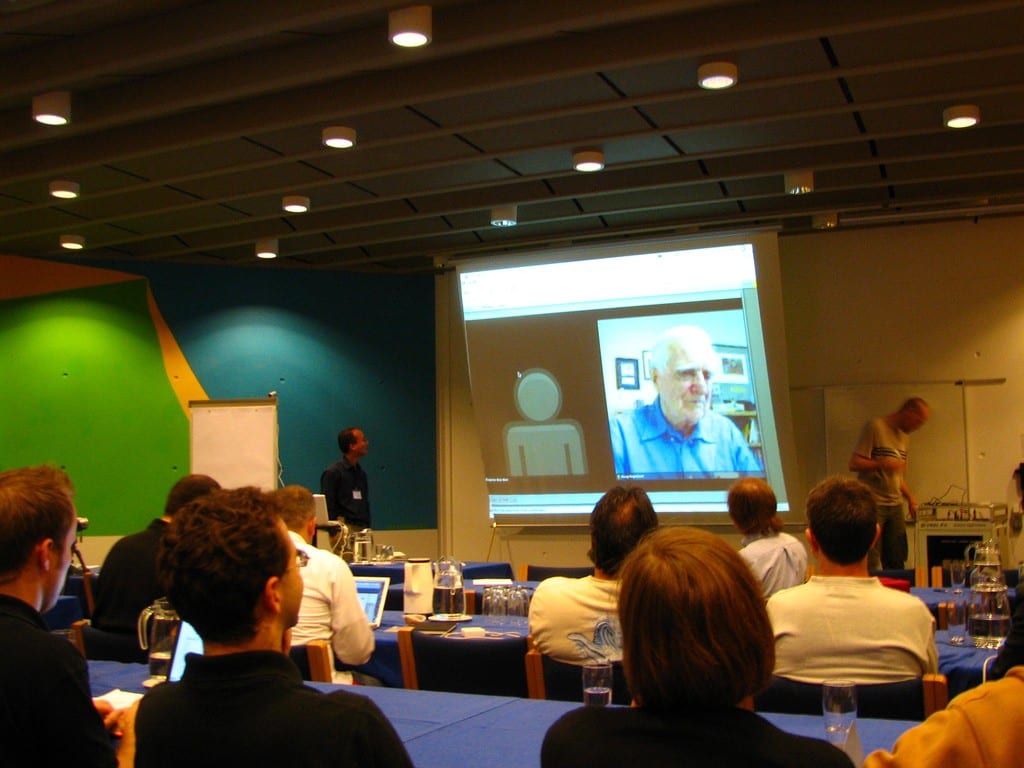Harmony vs Chaos: Keep Employees on the Same Page
Photo courtesy of Pixabay
Making sure everyone in your business is on the page shouldn’t be seen as mere courtesy. When everyone is on the same page, then it becomes much easier for business to go smoothly! You want everyone working in some sort of harmony, in order to fight off the chaos that big business projects can often bring.
Employees are your strongest asset, but you’re doing them a disservice if communication and collaboration isn’t that strong in your business. Here are a few tips you should keep in mind.
Contribution
If employees don’t feel all that involved in certain aspects of the business, then it’s going to be more difficult for them to really engage as deeply as you want them to. One of the best ways to encourage professional harmony in the workplace is to get more employees involved in the planning process of a particular project, or even in its inception. Of course, you have to balance this with the risk of having too many cooks in the kitchen – this approach may stretch out the planning process. It could benefit the project in the long run, though.
Collaboration
The easier it is to collaborate, the more people you’re going to get on the same page. Thankfully, there’s a bunch of software and web applications you can use to facilitate this. SharePoint, a Microsoft Office feature, is currently gaining popularity in this area. It’s relatively new to many people, however, so consider working with a consultancy business such as HingePoint to help people get used to things. There’s also suites such as Google Drive, communication programs such as Skype and Google Hangouts, and project management web apps such as Trello and Basecamp that are all recommended.
Photo courtesy of Phil Whitehouse via Wikimedia
Documentation
Whether it be documents detailing the goals of the project or notes taken from meetings, keeping strong documentation of the project is pretty essential. When people get a little lost, they can refer to a central piece of information – such as a project bible – to help them get back on track and see what the particular aims and expectations are. This is also very useful for instances in which employees are late, have to take a sick day, and return from vacation. You should make sure that these documents are kept up-to-date, too; they shouldn’t be static texts. After all, things are probably going to change a few times on a given project!
Sociability
A lot of business owners see encouraging sociability to be something quite peripheral to work. They want to keep things friendly in the office, though they also know that these good vibes can also increase satisfaction, which helps drive productivity and focus. But encouraging sociability really helps in a very direct way when it comes to people being on the same page at the workplace. When bonds grow between employees, they don’t only talk about private or trivial matters – they also begin to talk about work more frankly, and become more enthusiastic to offer each other help. So arranging after-work social events, as well as allowing employees a bit of space to talk casually from time to time, can help your business more than you might think.




 Within the company, HR continues to make sense of the internal teams for all, especially in large companies where it can be difficult to keep track of everyone. In these organizations, creating an org chart is a mammoth task that needs to be updated with every employee who leaves, changes function, or is hired. However, there are tools, such as the
Within the company, HR continues to make sense of the internal teams for all, especially in large companies where it can be difficult to keep track of everyone. In these organizations, creating an org chart is a mammoth task that needs to be updated with every employee who leaves, changes function, or is hired. However, there are tools, such as the 



